Description
Note: As it’s a huge plant, we will be sending rhizome only.
In India, we can sell this Sunset red torch ginger (single plant) via online delivery systems to any states including Andhra Pradesh, Arunachal Pradesh, Assam, Bihar, Chhattisgarh, Goa, Gujarat, Haryana, Himachal Pradesh, Jammu & Kashmir, Jharkhand, Karnataka, Kerala, Madhya Pradesh, Maharashtra, Manipur, Meghalaya, Mizoram, Nagaland, Odisha (Orissa), Punjab, Rajasthan, Sikkim, Tamil Nadu, Telangana, Tripura, Uttar Pradesh, Uttarakhand, and West Bengal
The Sunset Red Torch Ginger (Etlingera elatior) is a tropical plant known for its striking, torch-like blooms in shades of red, pink, or coral, creating a bold, exotic centerpiece in any garden. This plant is part of the ginger family, Zingiberaceae, and is grown both for its ornamental beauty and its use in tropical cuisine.
Botanical Information
- Scientific Name: Etlingera elatior
- Family: Zingiberaceae
- Common Names: Red Torch Ginger, Sunset Ginger, Torch Lily
- Native Range: Southeast Asia, especially popular in Indonesia, Malaysia, and Thailand
Appearance
- Flowers: Large, waxy, and torch-shaped, with vibrant red or pink bracts surrounding smaller true flowers. The blooms can reach up to 12 inches in diameter and rise on tall stalks above the foliage.
- Leaves: Long, lance-shaped leaves on tall, upright stalks. The plant can reach heights of 8-12 feet in tropical climates.
- Growth Habit: A clumping, upright growth pattern with thick, fleshy stems, giving it a dense, bushy appearance.
Growing and Care Requirements
1. Sunlight
- Requirement: Full sun to partial shade.
- Optimal Placement: Ideally, place it where it receives morning sun and afternoon shade in hot climates, as too much direct sunlight can scorch the leaves.
2. Watering
- Frequency: Keep soil consistently moist, but avoid waterlogging. It appreciates regular watering, especially in warmer months.
- Humidity: Prefers high humidity; in drier areas, misting the leaves regularly or placing it near a water source can help.
3. Soil
- Type: Well-draining, rich, loamy soil.
- pH: Slightly acidic to neutral soil (5.5–7.0) is ideal.
- Enhancements: Adding organic compost or manure will boost the soil’s nutrient content, helping the plant thrive.
4. Fertilizing
- Frequency: Apply a balanced fertilizer every 4-6 weeks during the growing season (spring and summer).
- Type: A slow-release fertilizer or organic matter works well; avoid excess nitrogen as it may encourage leaf growth over flowering.
5. Pruning
- When to Prune: Remove dead or damaged leaves and spent flowers to keep the plant looking tidy.
- How to Control Growth: Prune back clumps to prevent them from becoming overcrowded, especially in smaller garden spaces.
6. Pest and Disease Management
- Pests: Generally pest-resistant, but may attract aphids or spider mites in very dry conditions. Control with neem oil or insecticidal soap if needed.
- Diseases: Avoid root rot by ensuring well-drained soil and not overwatering.
7. Temperature and Humidity
- Ideal Temperature: Thrives in warm, tropical climates (USDA zones 9-11). In cooler areas, it can be grown in containers and moved indoors during winter.
- Humidity: Appreciates high humidity and can benefit from a humidifier indoors or regular misting in drier climates.
8. Propagation
- Method: Propagation is usually done by dividing rhizomes.
- Time: Divide rhizomes in spring or early summer, plant them in well-draining soil, and water thoroughly to encourage root growth.
Only logged in customers who have purchased this product may leave a review.


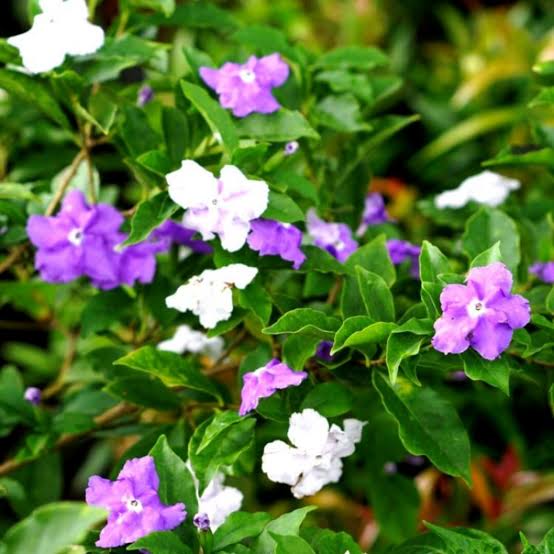
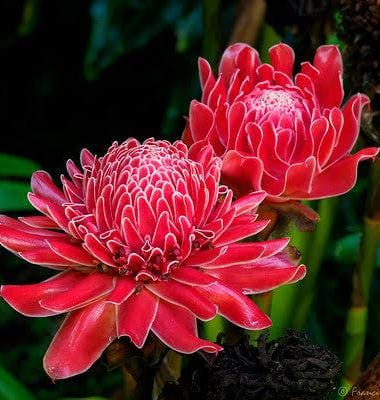
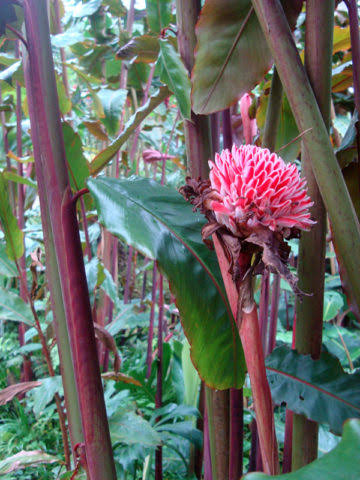
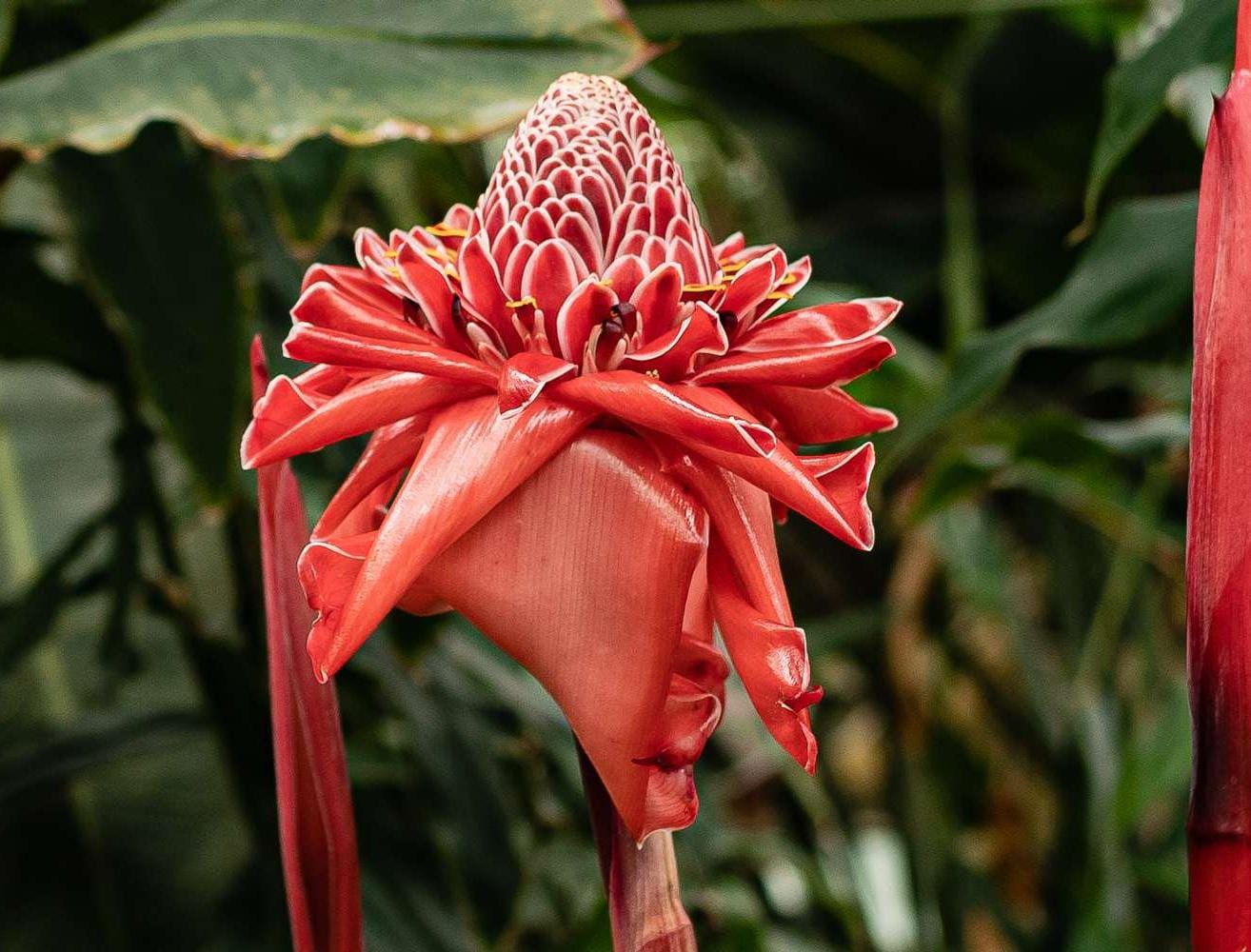
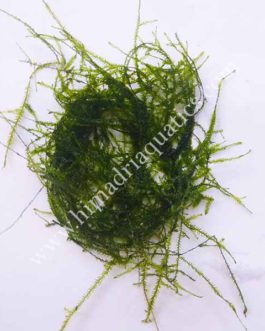
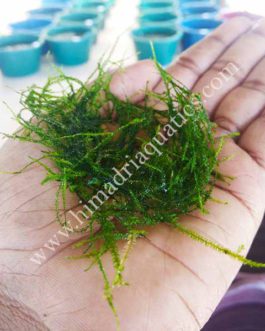
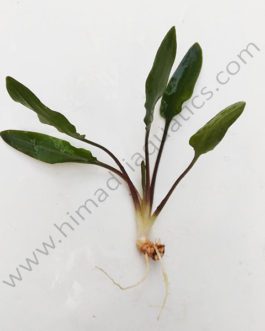
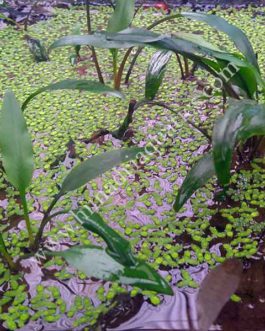
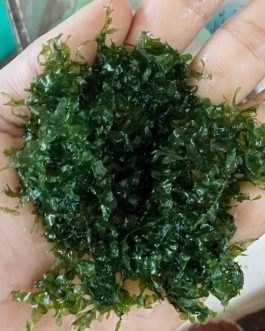

Reviews
There are no reviews yet.